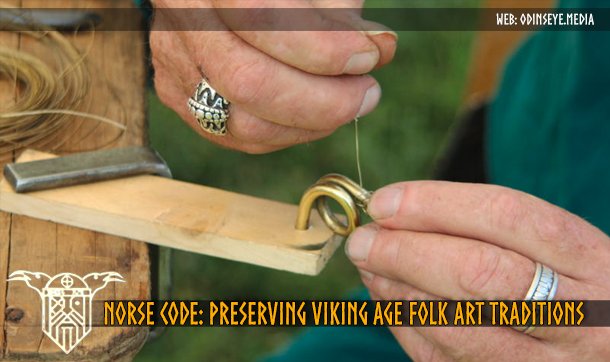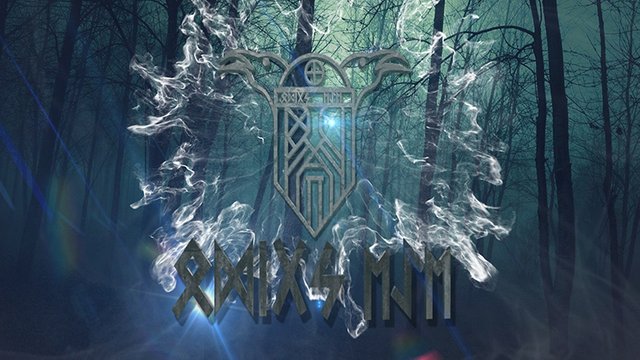Norse code: Preserving Viking Age folk art traditions

... the Nordic seafarers that lived between the 8th and 11th centuries had distinct cultural practices like any other ethnic group in history, especially in the folk arts.
Even though the Viking Age ended nearly a thousand years ago, people all over the world are investing to educate the public and keep Viking cultural traditions alive — like Moorhead's own Historical and Cultural Society of Clay County (HCSCC).
The Hjemkomst Center-based nonprofit recently debuted the Viking Connection program, a renewed effort to preserve and share Viking Age arts, crafts and folk traditions throughout the Upper Midwest.
"The broad goal of Viking Connection is to get people exposed to the various crafts of the Viking Age so they will hopefully continue those traditions," says Viking Connection Director Tim Jorgensen.
Three large components of the program include visiting master courses, an apprenticeship program and an online database for Viking Age artists.
The program runs for three years and is funded with a $300,000 grant the HCSCC received in 2016 for demonstrating its commitment to preserving cultural heritage and traditional folk arts in the region.
"We do this work because the Viking-era folk arts, the Old Norse roots of much of today's regional European folk arts, with its influence ranging from Russia to Ireland to Iraq, need support to be preserved, celebrated, and taught to our future generations," says HCSCC Executive Director Maureen Kelly Jonason.
Jorgensen is overseeing the development of the program website, vikingconnection.org, that will serve as a central hub to connect and provide resources to Viking Age folk artists all over the world — primarily Scandinavia and the United States.
Some art forms Viking Connection will support are Viking Age woodcarving, bead and textile work, culinary arts, leatherwork, fine metalwork and blacksmithing, to name a few.
"Folk art is the umbrella term for the program, but that includes performance art, too, including spoken word and movement," Jorgensen says.
Authenticity is a key factor in the Viking Connection program, especially in the master courses.
If the HCSCC cannot find examples in archeological records for how to create Viking Age artifacts or someone who knows correct techniques, Jorgensen says they do not teach it.
"It's easy to go to the store and buy a chunk of wood and carve it, but to get into the process of picking the tree, what time of year to cut it down, how to dry it — all of these stages are important," he emphasizes. "If you lose the important steps of the process, then carrying on the tradition is going to be weak."
Swedish culinary archaeologist Daniel Serra is the first master course artist in the program.
Serra shares his research of Viking Age cooking and nutrition at the next Parlor Talk series Wednesday, July 5, at the Hjemkomst Center.
Those interested in trying Serra's confections and learning about the Viking Connection program sooner can do so this weekend at the 40th annual Scandinavian Hjemkomst and Midwest Viking Festival at the HCSCC.
The two-for-one festival is only an introduction of what is to come, says HCSCC Communications Coordinator Davin Wait.
"This is the best place and time for people to learn about Viking Age arts," Wait says.
More information about Viking Connection, the Scandinavian Hjemkomst and Midwest Viking Festival or the HCSCC is available at hcscconline.org.
Read the rest
Further reading and sources

Great post, thanks for sharing 100% upvoted. @chanthasam
Thanks
Thanks Looks good! Please post more.
Thanks